From Japan to the World: The Rise of Kawaii Culture
Dive into the adorable world of kawaii, where cuteness reigns supreme. In Japan, kawaii culture is more than a fad; it's ingrained in many aspects of daily life. From Japanese art to media, food, and apparel, kawaii has become the norm in various aspects of Japanese culture. The kawaii appeal has even expanded outside of the country, now becoming a global phenomenon. Take part in the growing global kawaiii phenomenon by visiting Sugoi Mart, the ultimate destination for kawaii merchandise.
Below, we explore kawaii culture in detail, from its origins to kawaii aesthetics, fashion, and its global influence.
What Does Kawaii Mean?

When exploring the topic of kawaii culture, it's first necessary to dive into the question, "What does kawaii mean?". When translating the Japanese word "kawaii" to English, it means cute, cuddly, sweet, or lovable. Initially, this word was simply a way to describe things that created a happy or warm feeling. However, this word has changed into something far more encompassing. Now, it can describe anything in Japan, from items to fashion, people, fictional characters, and more.
With this evolution, the meaning of kawaii has also shifted. It now applies to anything that reflects childlike innocence. Multiple factors account for Japan's obsession with kawaii culture; some believe the appeal lies in Japanese people's desire to remain youthful. Others connect the appeal to long work hours requiring a method of escape, which culminates in looking at and acquiring kawaii items. Regardless of the reasoning behind the increase in demand for kawaii products, kawaii culture is firmly planted in Japanese culture and will remain so for many years.
The Origins and History of Kawaii Culture

It is said that kawaii culture began with the creation of marumoji, a handwriting associated with school-age Japanese girls. This method of writing the Japanese language is rounded and more youthful, creating a "cute" and girly appearance. However, it was not until after World War II that kawaii culture had a large upswing.
After the war, Japanese society underwent many changes which greatly impacted Japanese modern culture. The middle class of society appeared as one of the major changes in the 1960s; the beginnings of consumerism in Japan were also established at this time. These societal shifts encouraged kawaii culture, as the newly established middle class had disposable income.
The 1960s and 70s also introduced Shōjo manga to Japan, a style of manga intended for young girls. This type of manga is often associated with a specific Japanese artistic style, including character attributes such as oversized eyes and rounded faces. The release of Shojo manga played a significant role in spreading kawaii culture. During this time, this cute style began appearing in other forms of Japanese popular culture, including fashion, as a method of rebelling against Japanese schools' expectations and social norms.
Another major event that helped spread Kawaii Japan culture was the release of Hello Kitty, an adorable Sanrio character who first appeared on a clear purse. This event led to the globalization of kawaii items, as Hello Kitty merchandise (and the character, in general) became popular in other countries.
In the late 1980s, the same style of kawaii characters seen in Shōjo manga began appearing in anime and video games. This furthered the spread of cute-looking characters. Since the creation of the idea of kawaii products, characters, and fashion, it has evolved vastly. Now, there are multiple kawaii style options, such as gurokawa, a "creepy cute" style seen in manga, anime, and apparel.
While kawaii began as a niche trend, it has since become a widely accepted offering in Japan, appearing in additional areas such as product design, ads, entertainment, tech, and more.
The Global Expansion of Kawaii Culture

Since its inception, kawaii culture has spread vastly to other countries. This style of products, art, and fashion is no longer part of only Japanese pop culture. As mentioned, this global trend of the kawaii aesthetic began with the release of the first Hello Kitty product. The super-cute character led global customers to desire more Hello Kitty products.
Slowly, additional kawaii products and shows became popular in other countries, such as Tamagotchi toys, Pokemon, and even Korean street style, which is famous for its kawaii aspects. With pop stars and celebrities like Gwen Stefani and Paris Hilton joining in on fashion trends inspired by Korean street styles and Hello Kitty products, an increasing number of people worldwide gained interest in kawaii culture.
As a marketing tactic, Sanrio began creating social media for their beloved characters, as a way to let customers learn more about each character. These accounts based on fictional characters ensure fans have access to kawaii culture at their fingertips.
Exploring the Kawaii Aesthetic

One of the most popular kawaii Japan cultural offerings is kawaii fashion. From Hello Kitty and Sanrio character apparel to fashion styles like Lolita and Decora, the kawaii aesthetic has taken the world by storm since the late 1900s.
The main defining characteristics of the kawaii aesthetic are pastel colors, round shapes, and playful designs. Depending on the subcategory of kawaii styles, additional colors and characteristics may be included in certain styles. For example, some people enjoy dressing in a yami-kawaii cultural style, which features an alternative twist on typical kawaii wear. Those following this style of fashion will typically wear dark colors, shirts with scary sayings, fake blood, and more.
In a lolita style, another subcategory of kawaii fashion, one typically wears more modest Victorian-inspired outfits. Another subcategory, decora, is known for eccentric, playful, and colorful outfits. Usually, the decora style includes traditional Japanese kawaii characters (like Hello Kitty) incorporated in overly cutesy outfits with many accessories.
The idea of kawaii is not limited to fashion; it also appears in various other categories, including interior design, stationery, and everyday items. Many people add kawaii wallpaper or decor to their homes or enjoy using the cutest notebooks and pens for daily tasks. With the large number of kawaii items available, it's easy to incorporate kawaii culture into any aspect of daily life.
Popular Kawaii Characters
A major aspect of kawaii Japan culture is cutesy characters in manga and anime. These characters from top brands like Pokemon, Studio Ghibli, and Sanrio, have aided in introducing new people to kawaii culture.
Hello Kitty
Hello Kitty, also known as Kitty White, was the catalyst for the globalization of kawaii culture. She is a little girl with a cat-like appearance. Hello Kitty is a caring girl who enjoys baked goods (like homemade apple pie) and collecting adorable things.
My Melody
Known as Hello Kitty's best friend, My Melody is one of Japan's most famous kawaii characters. She was introduced a year after Hello Kitty by Sanrio, making her one of the oldest Sanrio characters. She has a white rabbit-like appearance and wears a characteristic pink/red hood as she was modeled after Little Red Riding Hood. With her super cute personality, My Melody has remained a major image of kawaii culture.
Rilakkuma
Created by Aki Kondo and produced by San-X, this adorable brown bear character has captured the hearts of many. Rilakkuma's name translates to "relaxed bear," and his sleepy ways make him even more adorable. It's clear San-X's Rilakkuma is the definition of kawaii culture.
Totoro
Studio Ghibli fans will likely recognize the name Totoro from the movie My Neighbor Totoro. This large, furry, loveable character is the epitome of kawaii culture. With his childlike appearance and innocence, Totoro is a standout kawaii character.
Kawaii Merchandise on Sugoi Mart
Easily incorporate kawaii culture into your daily routine with the large array of items available in Sugoi Mart's Kawaii Collection. This collection includes various items, from cute plushies to accessories, stationery, and more. These items are Japan-exclusive, with many offerings, including a limited edition appeal. Below are a few of Sugoi Mart's top kawaii products.
Pokemon Relaxing Time Collection Plushie Bulbasaur
Meet one of the most kawaii characters - Pokemon Relaxing Time Collection Plushie Bulbasaur! This adorable sleepy Bulbasaur plushie is perfect for cuddling or adding to a Pokemon display. With a soft, squishy feel, you'll want to hang out with this kawaii plushie daily.
Pokemon Caf̩ Poltchageist Hair Clip
Add this Pokemon Caf̩ Poltchageist Hair Clip to your kawaii fashion accessories collection! Featuring a beautiful green beaded design that complements any outfit, you'll love adding this to your hair for special occasions and daily wear.
Sailor Moon Kewpie Collection Keychain Eternal Sailor ChibiMoon
This accessory is the perfect way to include a kawaii twist to any outfit! This Sailor Moon Kewpie Collection Keychain Eternal Sailor ChibiMoon includes an adorable mini Eternal Sailor ChibiMoon on a convenient keychain. Attach her to purses, bags, keys, and more!
Chiikawa Clear Stickers
Skip boring notebooks and phonecases by adding Chiikawa Clear Stickers for a touch of kawaii. These adorable clear stickers come with an array of designs, so you can change the appearance of your notebooks, phone cases, and more, as often as you'd like!
Conclusion
With how adorable kawaii accessories, characters, fashion, home decor, etc. are, it's easy to see how the appeal has become a global pop culture phenomenon. From its inception in Japan to its widespread appeal, kawaii culture remains an enduring aspect of many people's lifestyles and routines.
If the kawaii aesthetic appeals to you, you can embrace it in your own life with a visit to Sugoi Mart's large collection of kawaii merchandise. This extensive selection allows you to add a touch of cuteness to your daily routine.
Keep up to date with new kawaii products and exclusive offers by subscribing to Sugoi Mart's newsletter. Click here to sign up!








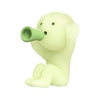


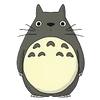



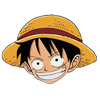
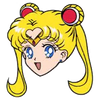
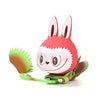
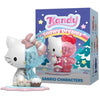
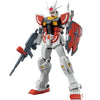




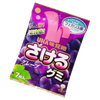
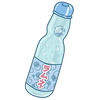






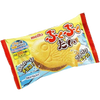



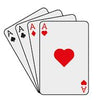


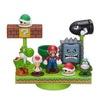



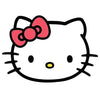
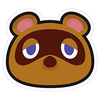

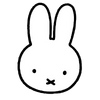


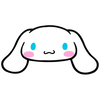


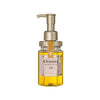


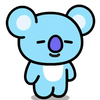
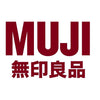
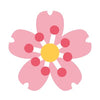
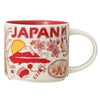

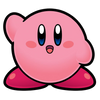
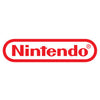








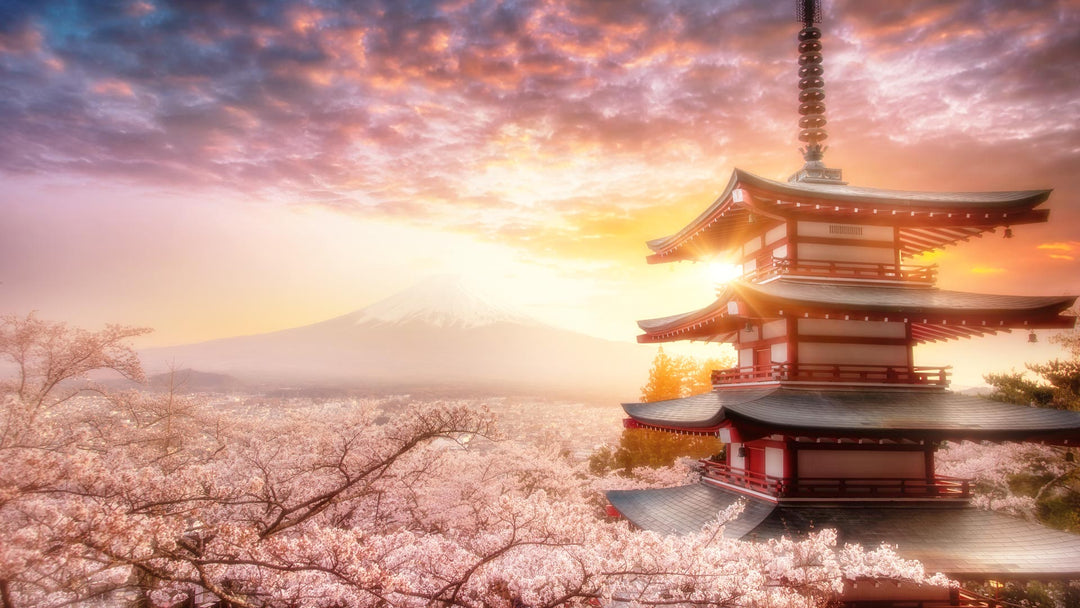
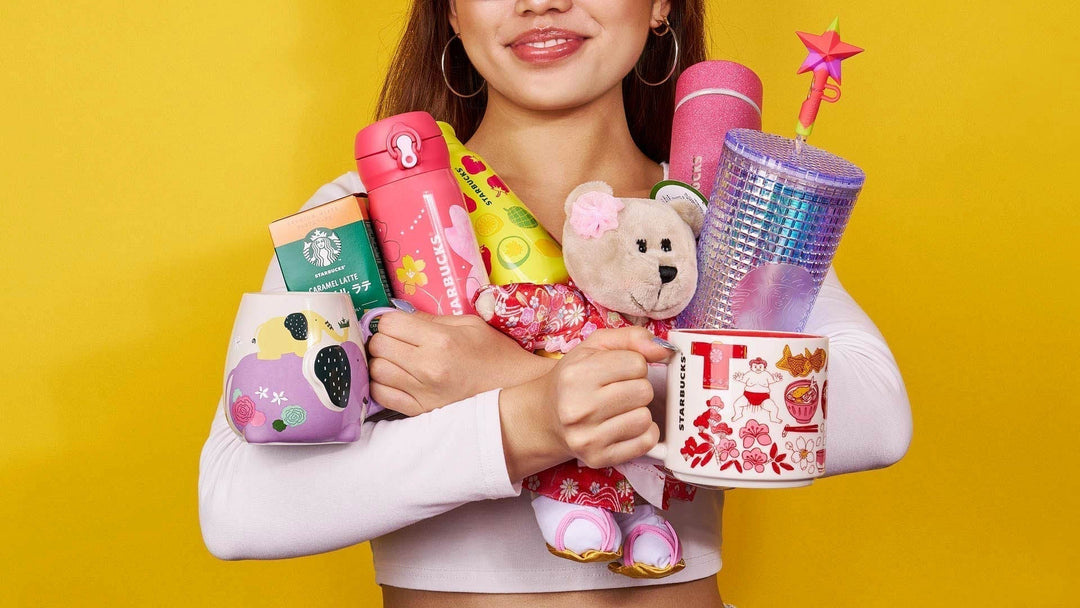
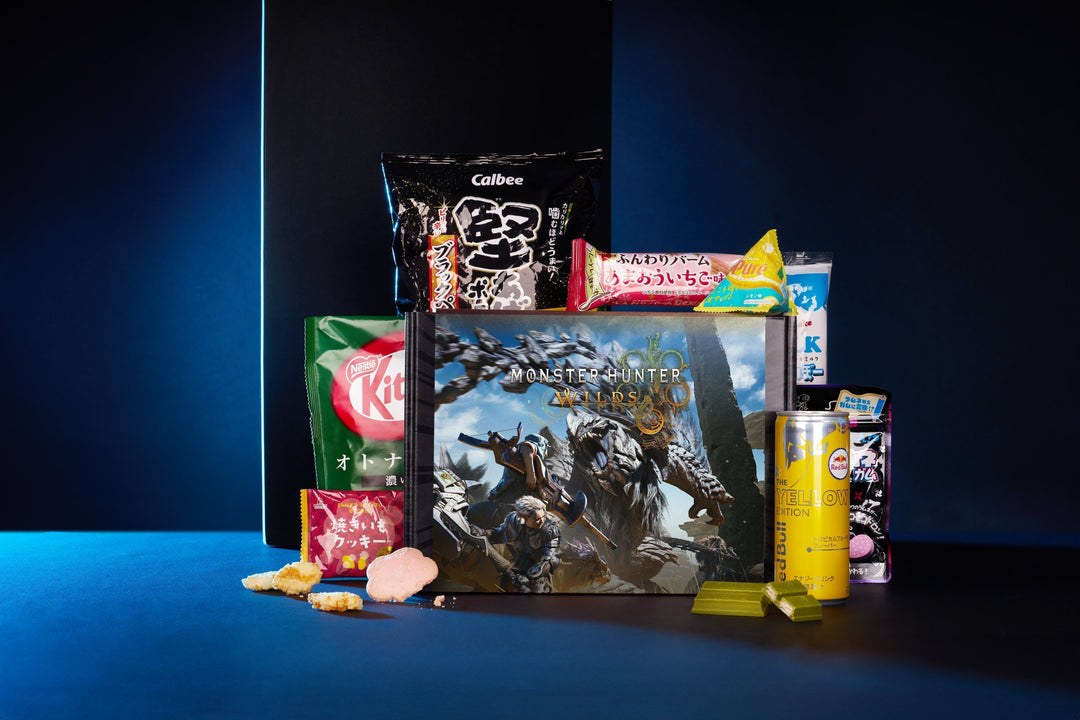
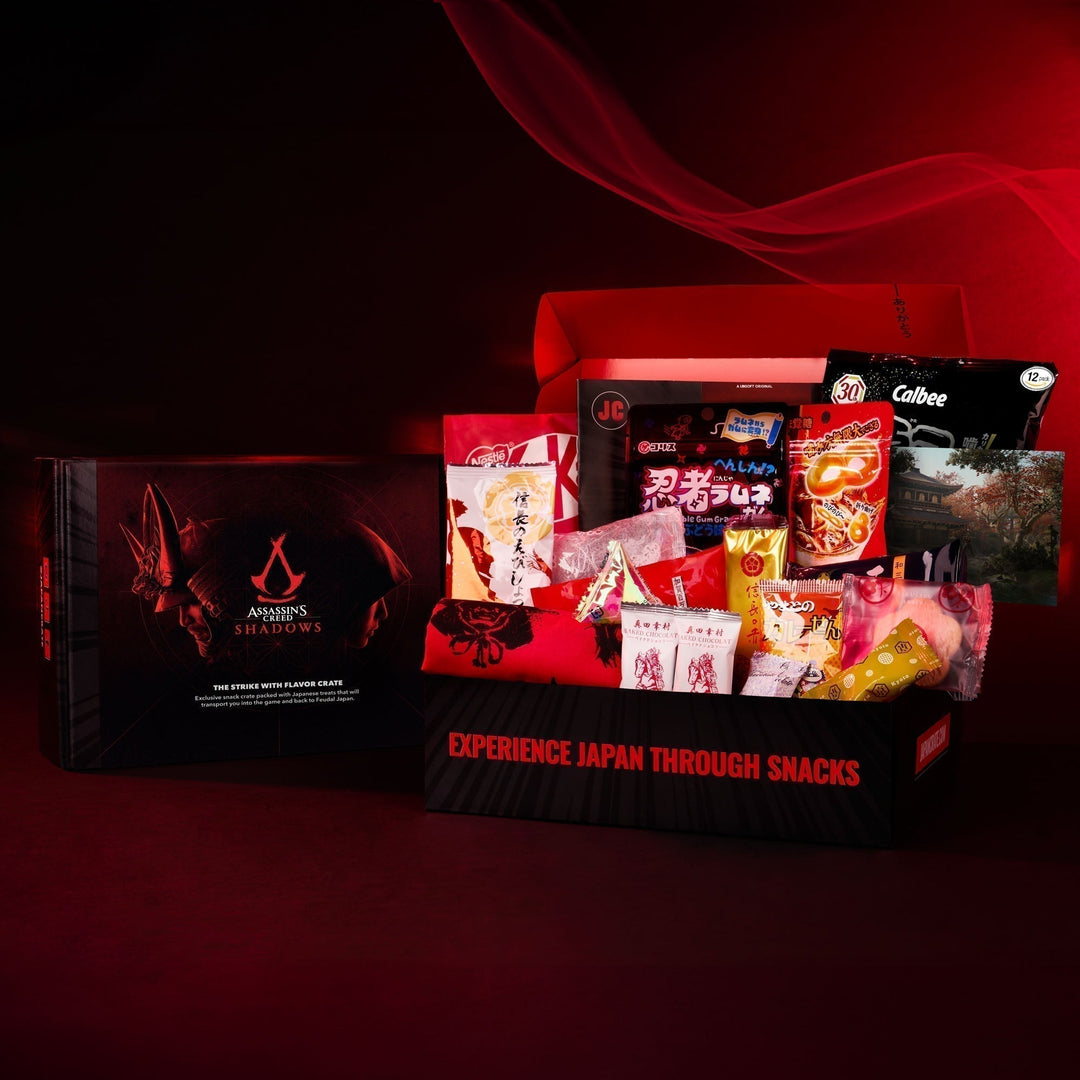
Leave a comment